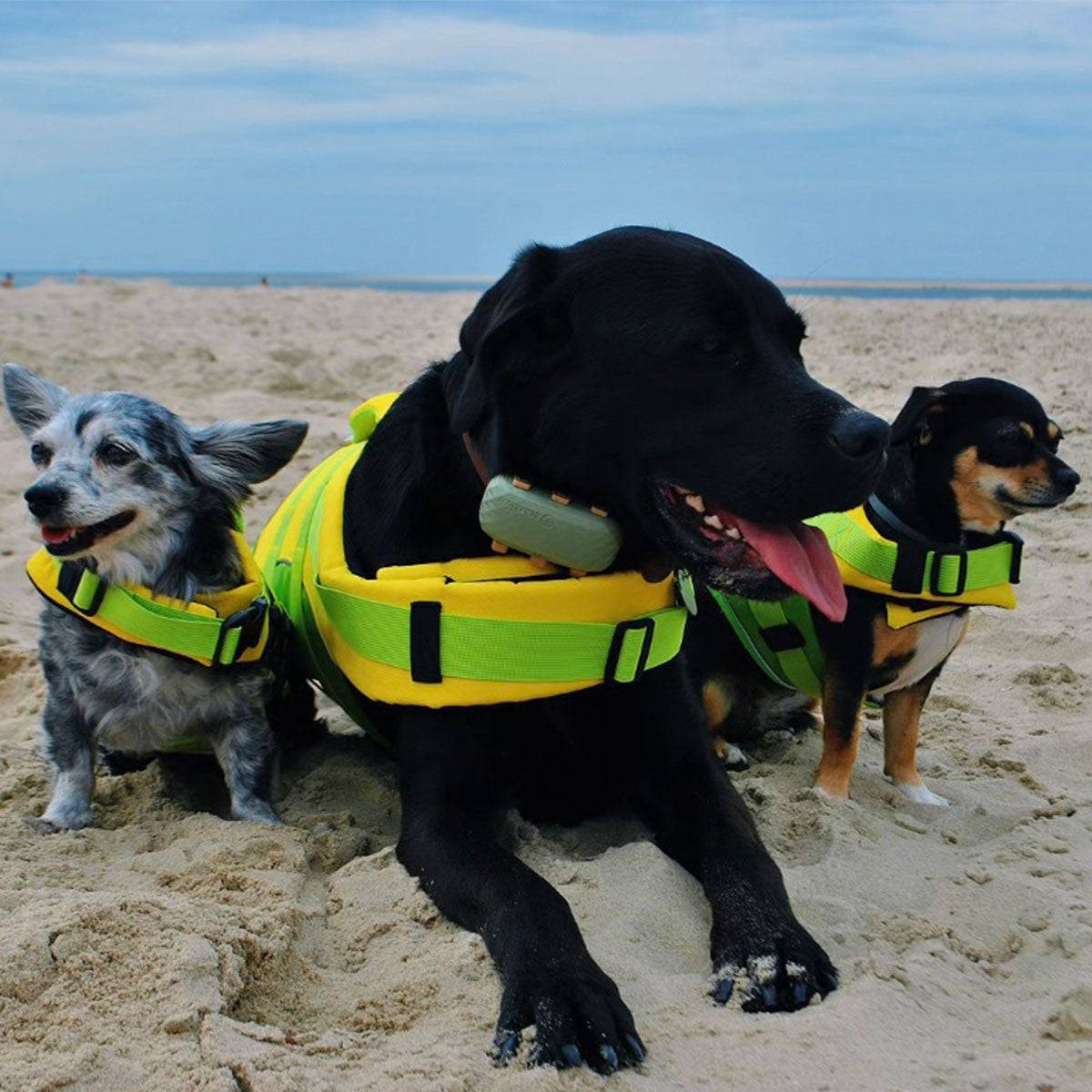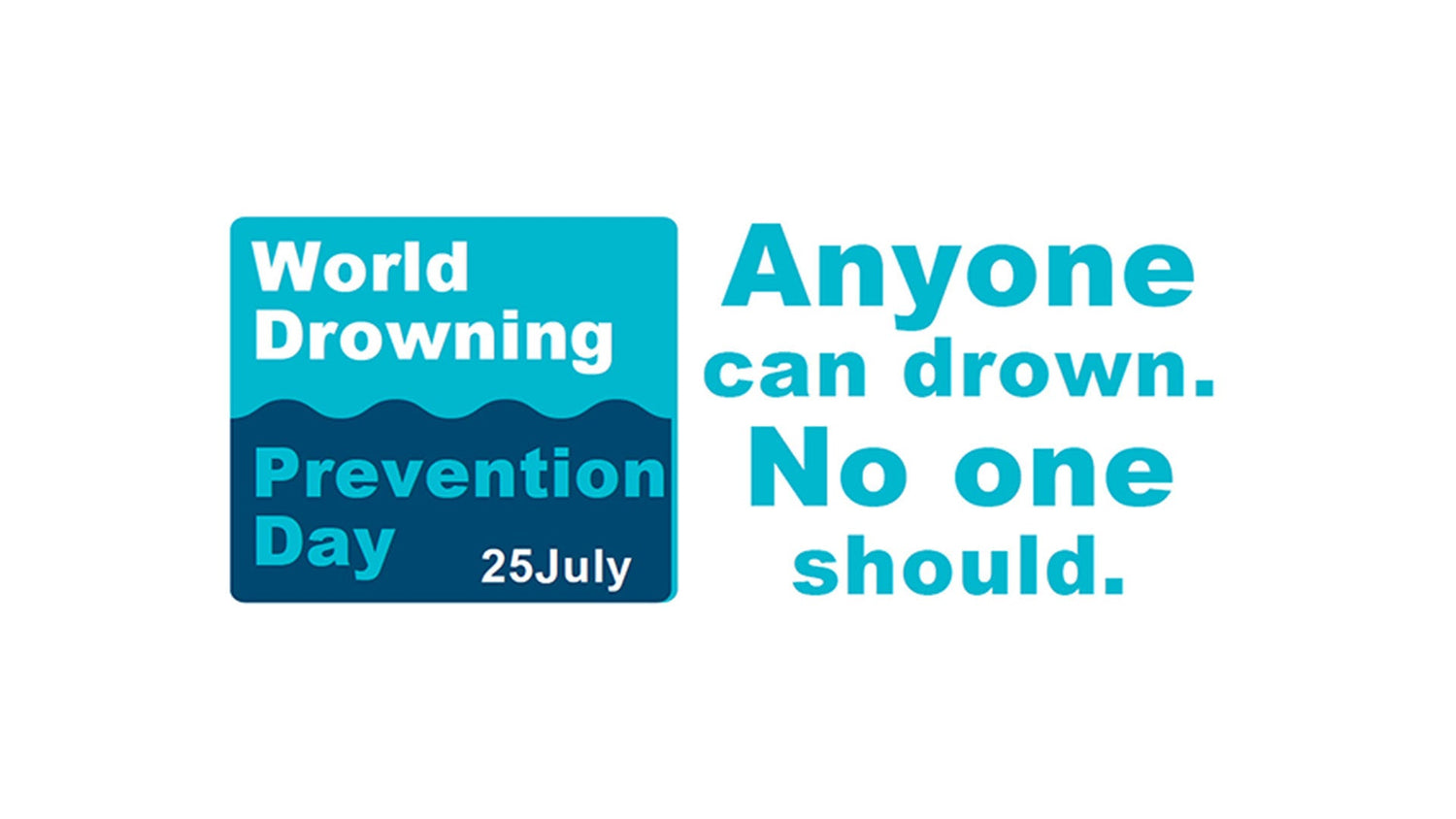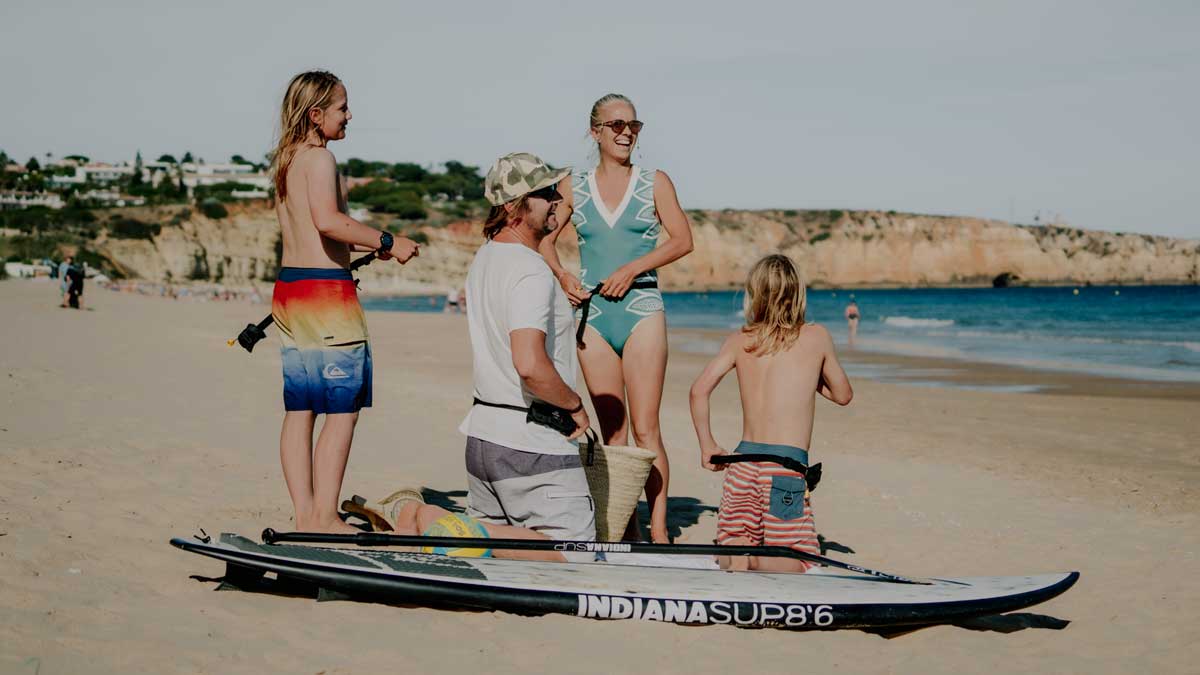Les décès par noyade ont augmenté en Allemagne:
Le nombre de personnes ne sachant pas nager pourrait aggraver le problème à l'avenir
Été 2024 : Un Allemand de 42 ans se noie dans la mer du Nord aux Pays-Bas après avoir sous-estimé le vent et le courant (rapporté par la dpa le 14.07.24), une femme âgée se noie en nageant avec son amie dans le lac de Geiseltal (rapporté par le MZ le 13.07.24), un jeune homme de 27 ans saute d'un pédalo dans le lac de Caldaro en Tyrol du Sud et ne peut être retrouvé que sans vie plus tard par des plongeurs (rapporté par la presse le 14.07.24).
Ce ne sont que quelques-uns des nombreux accidents de baignade qui se produisent, notamment pendant les mois d'été. Beaucoup d'entre eux sont mortels. En 2023, 378 personnes sont mortes dans des accidents de noyade en Allemagne. Cela représente une augmentation de 23 personnes par rapport à l'année précédente.
"Une épidémie silencieuse de décès évitables" (OMS)
Initiée par les Nations unies, la Journée mondiale de prévention de la noyade vise à sensibiliser au risque de noyade et à promouvoir des mesures préventives. Les gouvernements et les communautés sont encouragés à prendre des mesures efficaces pour prévenir les noyades. L'éducation et la connaissance de l'eau, les cours de natation et une meilleure sécurité aquatique sont essentielles.
La noyade est l'une des principales causes de décès dans le monde, en particulier chez les enfants et les jeunes adultes. Selon l'OMS, environ 236 000 personnes meurent de noyade chaque année, avec 2,5 millions de victimes au cours des dix dernières années. La noyade fait partie des 10 principales causes de décès chez les personnes âgées de 1 à 24 ans.
D’un patrimoine culturel à un problème
La natation était autrefois considérée comme un patrimoine culturel en Allemagne, mais le nombre croissant de personnes ne sachant pas nager pourrait devenir un problème social à l'avenir. Selon un sondage Forsa, la proportion d'enfants du primaire ne sachant pas nager a doublé en cinq ans. L'une des principales raisons en est le manque de cours de natation ou les longues listes d'attente – en partie dû à la pandémie de coronavirus, pendant laquelle il n'y a pas eu de cours de natation. La fermeture de nombreuses piscines publiques contribue également au problème. En Allemagne, entre 70 et 80 piscines ferment chaque année. Des initiatives telles que la campagne « Sauvez les piscines publiques » de la DLRG se battent contre cette situation.
Christopher Fuhrhop, inventeur et fondateur de RESTUBE, s’engage pour améliorer la sécurité aquatique depuis plus de 10 ans.
« Lutter contre la noyade et promouvoir la sécurité aquatique est une responsabilité sociale. Les gouvernements, l’éducation et les écoles, les organisations et l’industrie doivent travailler ensemble pour améliorer la sécurité aquatique et réduire le nombre de noyades. Nous collaborons avec des associations, des organisations et des écoles pour trouver des solutions. L’année dernière, par exemple, plus de 1 000 élèves ont pu améliorer leurs compétences en natation et en sécurité aquatique lors de journées d’action organisées par la Water Experience Academy, une initiative de RESTUBE. »
Accidents de baignade : reconnaître les dangers et réduire les risques
Huit règles pour la sécurité dans les eaux locales par Clemens Menge (DLRG)
Une bonne préparation, la connaissance des dangers et l’équipement de sécurité adapté peuvent aider à réduire le risque de noyade et à garantir un moment agréable et sûr dans l’eau. Avec Clemens Menge, chef des opérations de la Société allemande de sauvetage (DLRG) à Constance, nous avons rassemblé huit règles importantes pour passer du temps dans l’eau.
1. Connais tes limites !
Ne va dans l’eau que si tu peux nager en toute sécurité et que tu te sens à l’aise. Ne surestime pas ta condition physique. Ne nage jamais le ventre plein ou complètement à jeun. Ne nage jamais sous l’influence de l’alcool.
2. Informe-toi sur l’eau dans laquelle tu prévois de nager !
Informe-toi sur la profondeur, les courants, les dangers et les interdictions. Ne saute jamais dans une eau que tu ne connais pas ! Il existe un risque de blessure, par exemple à cause de rochers.
3. Ne va jamais dans l’eau seul(e) !
Il est préférable de nager dans des endroits surveillés par des sauveteurs. Si cela n’est pas possible, va dans l’eau avec des amis et surveillez-vous mutuellement. Emporte une bouée gonflable, comme celle de Restube, ou une bouée de natation pour plus de sécurité.
4. Sois attentif(ve) à l’eau !
Surveille les nuages et le vent. Si le temps change soudainement, les conditions dans l’eau peuvent évoluer rapidement. Les orages et les courants forts peuvent rendre la baignade dangereuse. Sois particulièrement prudent(e) en mer : les marées peuvent provoquer des courants forts et imprévisibles.
5. Connais les signaux de drapeaux !
Interprétation des drapeaux sur la plage : Drapeau jaune : danger, surtout pour les enfants et les personnes ne sachant pas nager. Drapeau rouge : danger de mort. Baignade interdite !
6. Entre lentement dans l’eau !
Plus l’eau est froide, plus tu dois entrer lentement. Rafraîchis d’abord tes bras et tes jambes. Une grande différence de température peut provoquer des problèmes circulatoires et des crampes.
7. Utilise une bouée gonflable pour plus de sécurité !
Une bouée robuste peut rapidement désamorcer une situation critique. Par exemple, Bouée de sécuritée RESTUBE, un système extrêmement compact qui se gonfle immédiatement en tirant sur la poignée et fournit de la flottabilité.
8. Protège-toi avant d’aider une personne en détresse !
Si tu vois quelqu’un en difficulté, vérifie d’abord s’il y a un sauveteur à proximité. N’interviens que si tu ne te mets pas en danger. Même un enfant paniqué peut développer une force énorme et mettre un adulte en danger. Une bouée gonflable peut être très utile en situation d’urgence, car tu peux la transmettre en gardant la distance nécessaire pour ta propre sécurité.




